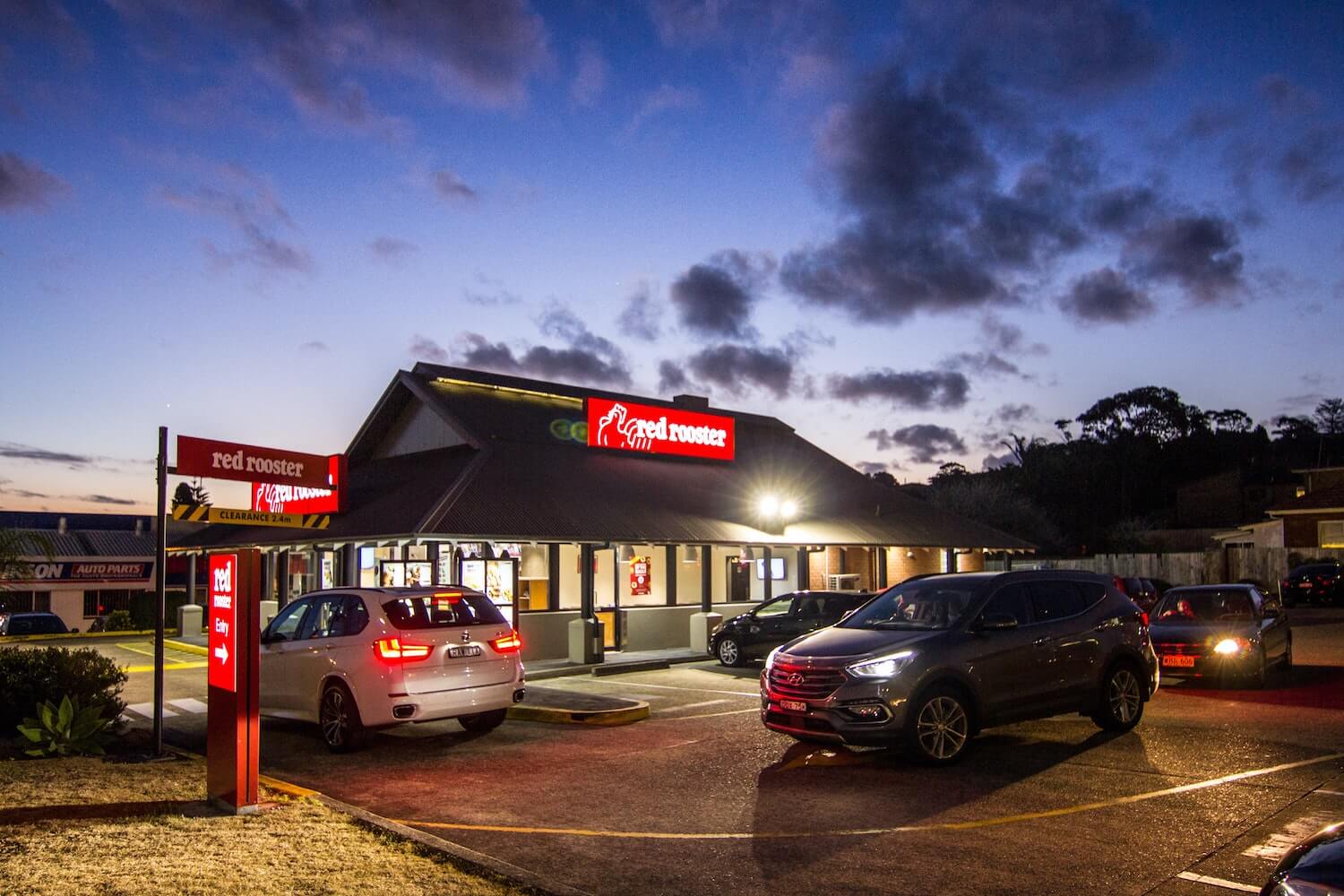The Evolution And Impact Of Drive-Through Restaurants
Restaurants rethink the drivethru
Drive-through restaurants have become an integral part of modern society, blending convenience with culinary delight. As our lives become increasingly fast-paced, the drive-through restaurant model offers a quick and efficient way to enjoy a meal without stepping out of the car. This innovative approach to dining has not only transformed the way we eat but has also influenced the broader food industry, our cities' landscapes, and even our daily routines. Understanding the rise and influence of drive-through restaurants provides fascinating insights into consumer behavior, technological advancements, and cultural shifts. Drive-through restaurants have their roots in American culture, but their impact is felt globally. From bustling cities to quiet suburbs, these establishments cater to a diverse range of customers, offering everything from fast food to gourmet coffee. The concept has evolved significantly since its inception, driven by technological innovations and changing consumer preferences. Today, drive-through restaurants are not just about speed and convenience; they also focus on quality, customer experience, and sustainability. The popularity of drive-through restaurants shows no signs of waning. In fact, the recent global events have further underscored their importance, as consumers seek safe and contactless ways to access their favorite meals. As we delve into the world of drive-through restaurants, we'll explore their history, operational dynamics, technological integration, and future prospects. This comprehensive examination will highlight the factors contributing to their success and the challenges they face in a rapidly changing world.


